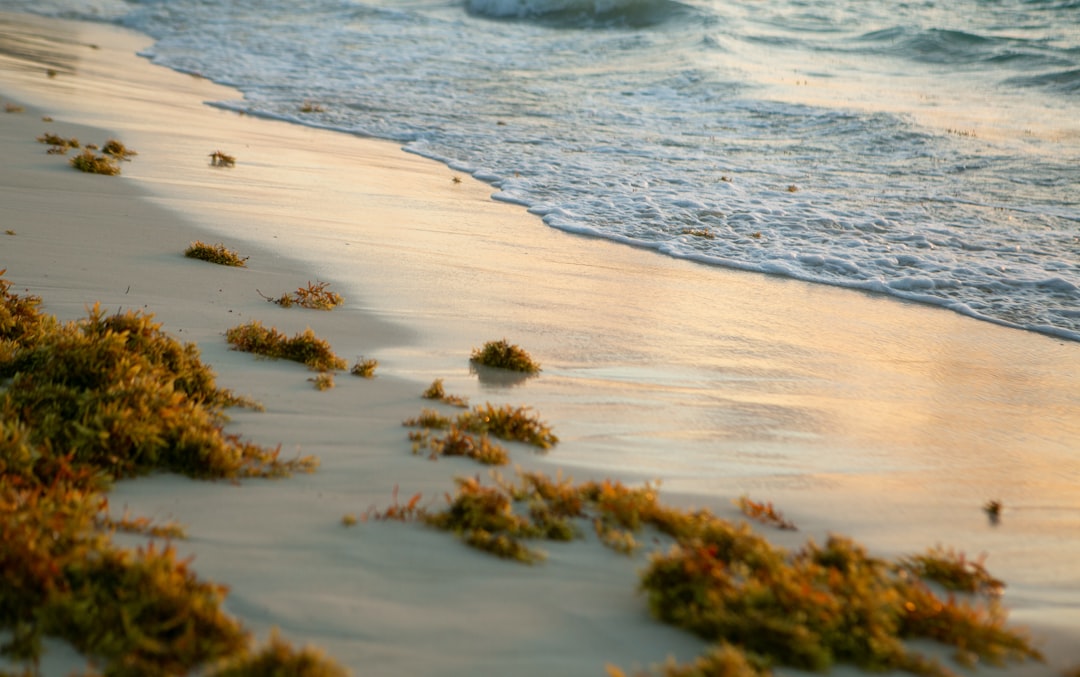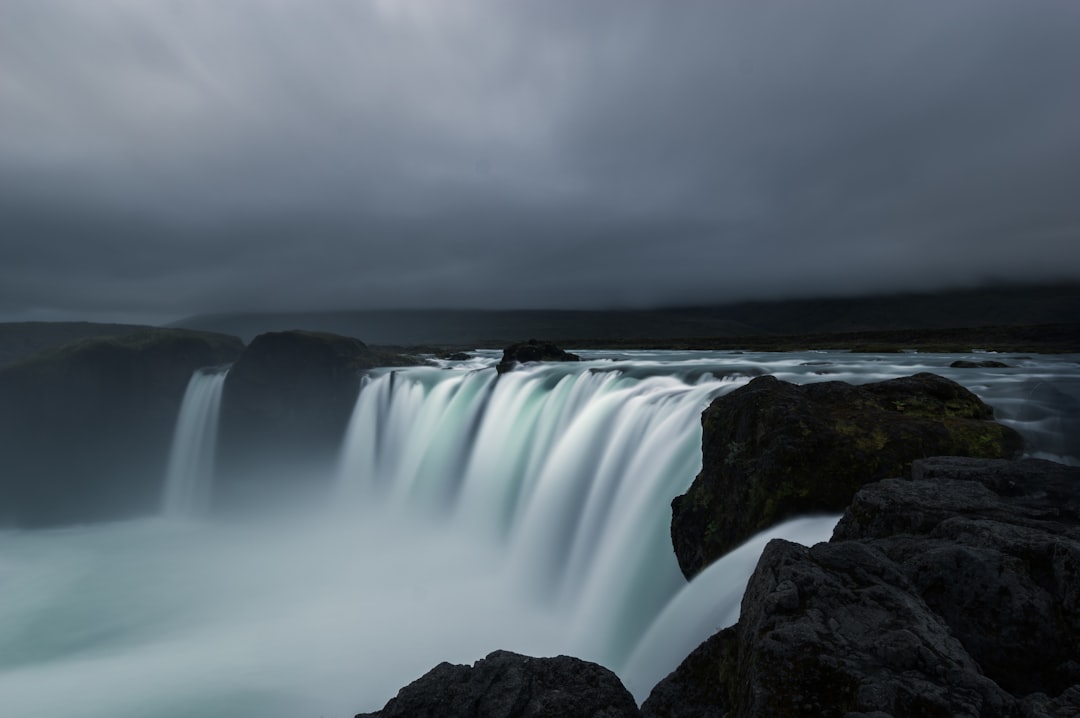What is it about?
Dunes and eolian cover sands play an important role in the morphology of Wolin Island and the surrounding area. From radiocarbon dates, palynological data, archaeological evidence and the study of Swedish maps from 1694, it can he inferred that the above forms accumulated in the Late Vistulian (Older Dryas and Younger Dryas) and Holocene periods, mostly in the Subboreal and Sub-Atlantic periods. The development of eolian processes was due to climatic conditions during the Late Vistulian as well as the Holocene human involvement in the environment of dune-covered areas and the absence of a vegetation cover on sand spits emerging successively from the sea.
Featured Image
Read the Original
This page is a summary of: Stratigraphy of eolian deposits in Wolin Island and the surrounding area, North-West Poland, Boreas, January 2008, Wiley,
DOI: 10.1111/j.1502-3885.1986.tb00935.x.
You can read the full text:
Contributors
The following have contributed to this page










